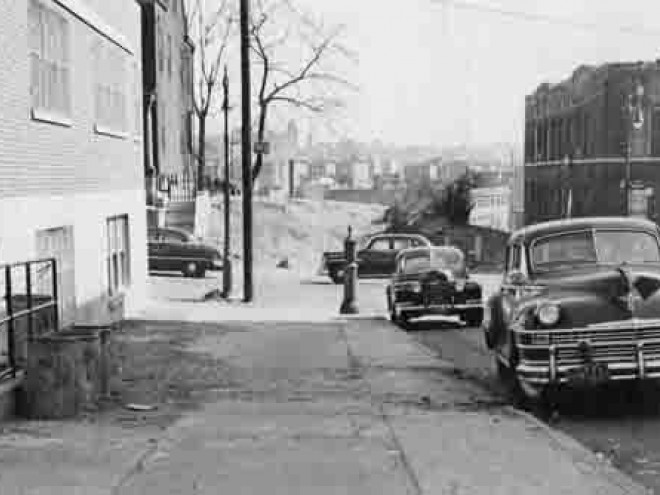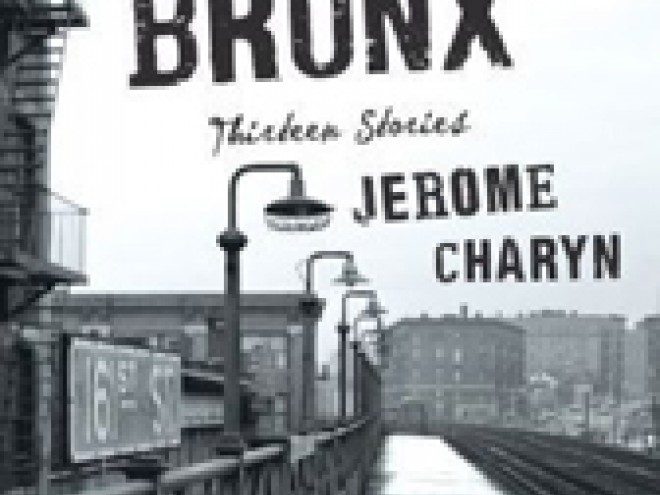Charyn’s latest novel is a captivating tour de force, a recreation of Russian life in the 1930s, with believable characters, an intriguing story line, and convincing background details.
The Russian language is important here; while Charyn does not provide a glossary of terms, a number of them can be obtained from the text or inferred from the narrative. One significant example, with implications for character depiction, is chelovek: man, especially he-man. Two thematic elements structure the narrative. One, the supreme Boss, the”Khozyain,” Stalin himself. His pervasive brooding presence — whether or not he actually appears in a particular scene — is like indeterminate and sometimes illogical Fate, capable of decreeing life or death or banishment to a Siberian prison, for any of his subjects. This affects the outlook of those helpless ones, not only political dissenters, but society’s remaining artists, performers, entertainers. The other is Shakespeare’s King Lear, the staple offering of the Tiflis Traveling Players, whose romantic intrigues, trials and tribulations in a dispirited Stalinist society provide the dynamics of the plot. At the end, Ivan, the chelovek in full (a natural King Lear), and his “wife” Valentina (a natural Cordelia), return to their old roles, performing for the demanding Stalin again, imprisoned inside Shakespeare’s play.




